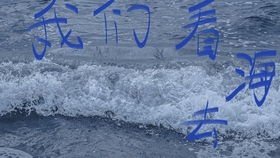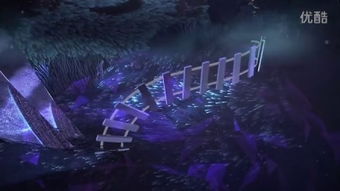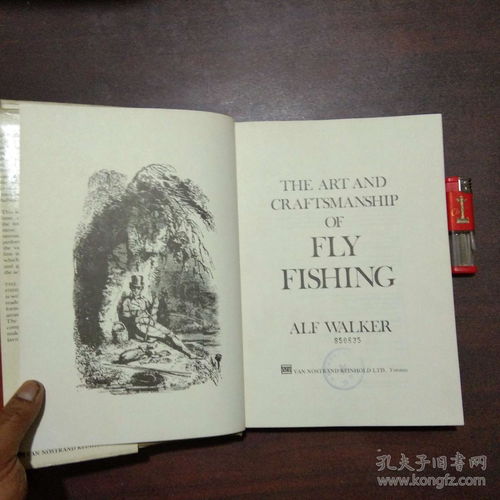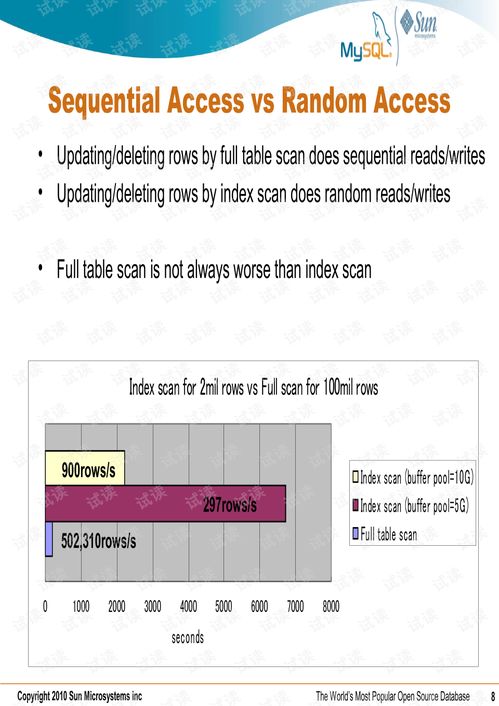Content:
Are you new to the world of fishing and looking to improve your skills? Whether you're planning a weekend getaway or a lifelong passion, mastering the art of fishing can be both rewarding and enjoyable. In this beginner's guide, we'll explore some essential fishing techniques to help you get started on the right foot. So, grab your rod, reel, and enthusiasm, and let's dive into the world of angling!
Choosing the Right Equipment
Before you can start fishing, you'll need the right equipment. Here's a breakdown of the essential gear you'll need as a beginner:
a. Rod and reel: Select a rod and reel that are appropriate for the type of fishing you plan to do. Spinning rods and reels are great for beginners due to their ease of use and versatility.

b. Line: Choose a line that is appropriate for the fish you're targeting and the environment you're fishing in. Monofilament, fluorocarbon, and braided lines are popular options.
c. Hooks: Different types of hooks are designed for various fishing scenarios. For beginners, start with a size and style that suits the fish you're aiming to catch.
d. Lures and bait: Experiment with different lures and baits to see what works best in your fishing environment. Live bait, artificial lures, and jigs are all viable options.
e. Tackle box: Keep your fishing essentials organized in a tackle box, making it easier to find what you need when you're out on the water.
Casting Techniques
Casting is a fundamental skill in fishing, and it's essential to master it to be successful. Here's a step-by-step guide to help you get started:
a. Hold the rod: Grip the rod with a comfortable, but firm, grip. The thumb should be on the top of the handle, and the index and middle fingers should be on the bottom.
b. Load the rod: Bend the rod slightly at the tip and allow the line to load. This means that the line will move forward and the rod will bend.
c. Start the forward cast: Move the rod forward, keeping it close to your body, and begin to accelerate. The line should begin to move away from the rod.
d. Stop the rod: As the line nears the target, quickly stop the rod to create a loop. This will help you to control the line and place the lure or bait in the desired location.
e. Practice: Casting takes practice, so don't get discouraged if it doesn't come naturally at first. Keep practicing, and you'll soon get the hang of it.
Baiting and Lure Selection
Choosing the right bait or lure can make a significant difference in your fishing success. Here are some tips to help you make the best choices:
a. Research: Before you go fishing, research the types of fish in your area and what they eat. This will help you select the appropriate bait or lure.
b. Live bait: Live bait, such as worms, crickets, or minnows, can be highly effective. However, it requires more effort to catch and maintain.
c. Artificial lures: Artificial lures, such as spinners, spoons, and jigs, can be more convenient and come in a variety of colors and styles. Experiment with different lures to see what works best.
d. Seasonal changes: Be aware of seasonal changes that can affect fish behavior. For example, fish may be more active during certain times of the year or in specific areas of the waterbody.
Reading the Water
Understanding the water you're fishing in can help you determine where to cast and what techniques to use. Here are some tips for reading the water:
a. Observe the surface: Look for fish activity, such as boils, splashes, or rises. These can indicate the presence of fish in the area.
b. Study the bottom: Pay attention to the structure of the bottom, such as rocks, weeds, and drop-offs. These areas can be prime spots for fish to hang out.
c. Consider the weather: Wind, rain, and temperature can all affect fish behavior. Adjust your techniques accordingly to increase your chances of success.
Patience and Practice
Fishing is a sport that requires patience and practice. Don't expect to become an expert overnight. Keep practicing your casting, baiting, and other techniques, and don't get discouraged by occasional setbacks. With time, you'll develop a keen sense of the water and improve your chances of catching fish.
In conclusion, mastering the art of fishing as a beginner involves selecting the right equipment, learning casting techniques, choosing the right bait or lure, reading the water, and practicing your skills. By following these tips, you'll be well on your way to becoming a skilled angler. Happy fishing!












